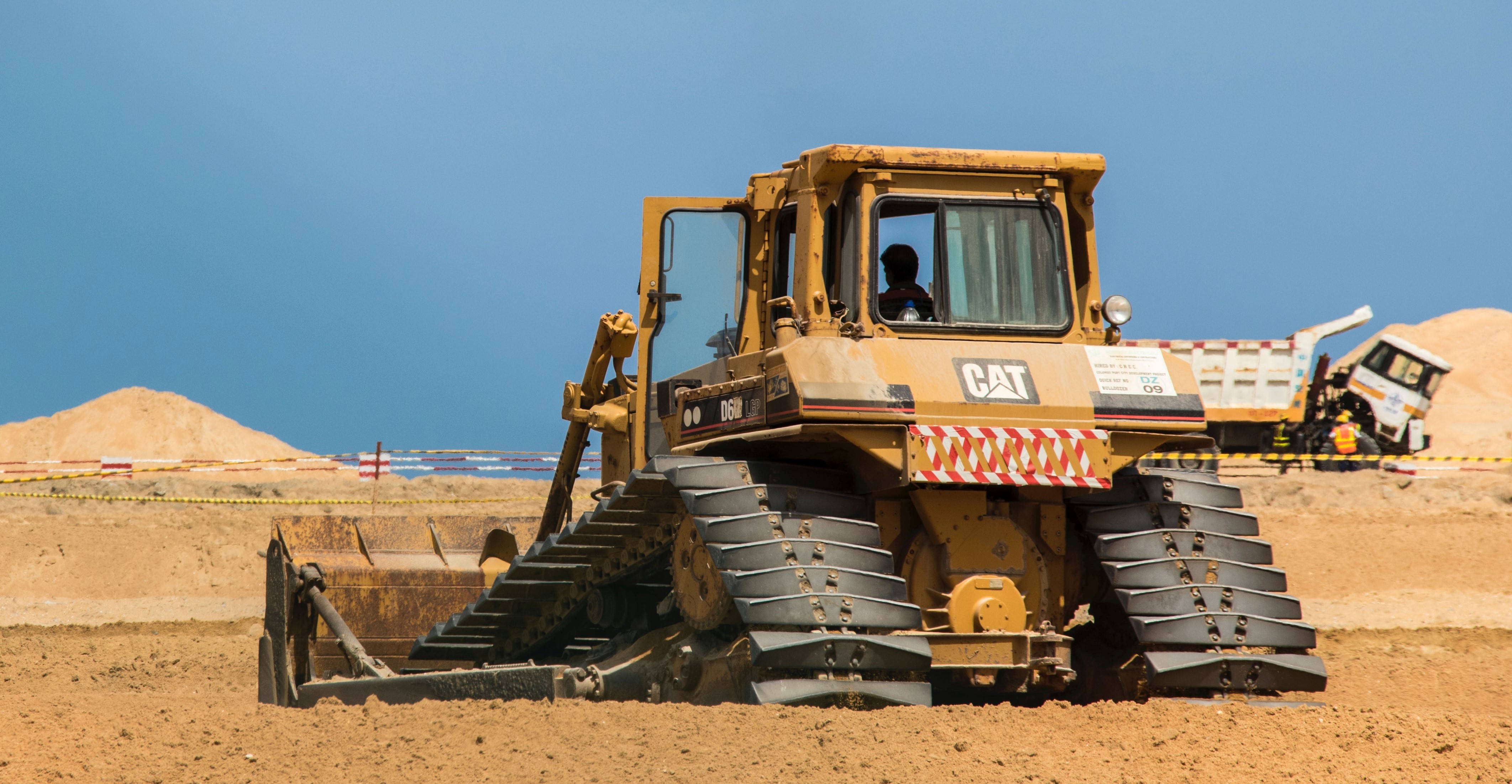Mining industry products are an essential feature of modern life, and many mining companies are mindful that to continue operating and receiving support in their host communities, they must employ sustainable mining techniques. We live in a resource constrained world, and for us to leave a habitable earth for future generations, we must be good stewards of the earth’s resources—we must think about being good ancestors.
Restoring mined land to its former state and use, as much as is practical, is one approach mining companies take to operating sustainably. As a part of fulfilling that mission, I have planned and designed landforms to restore mined land to productive arable farmland after the cessation of mining. The main drivers of the landform designs and plans were to restore the pre-mining shape and contouring of the land by applying geomorphic principles. The geomorphic approach ensures land has long term stability and conveys runoff in the similar way as a natural undisturbed landform.
A landform designed with geomorphic principles in mind looks aesthetically natural and blends into the surrounding landscape—a great result for landowners and the host community. And because it is highly functional, it reduces the amount of maintenance required in the time between the completion of grading earthworks and reaching full stability when vegetation is established.
Below are a series of before and after aerial images in the public domain (Google Earth) of functional fully rehabilitated land or partially rehabilitated that I designed.
The first is a 17-acre disturbed parcel of land graded back to nearly the identical contouring and shape it had before disturbance and mining. The before image was taken in October, 2014 and the after image was taken in April, 2019.
The next two images show areas where rehabilitation is in progress. There are areas where earth movements and excavations have started, and areas where they are yet to start. The small ponds on the perimeter of each area, much more prominent in the April, 2019 after-image, are erosion and sediment control devices. Their purpose is to minimize the load of sediment that runoff coming off the work area carries into the surrounding wetlands and streams. Once an area is fully stabilized, the ponds are no longer needed. With vegetation established upstream, runoff coming off the former mine area is cleaner and carries less sediment and can flow freely into the surround water bodies.
The before image was taken in September, 2011 and the after image was taken in April, 2019. The after image shows vegetation re-established in the northwest portion of the work area, major grade-work still going in the east in small areas and finishing touchup grade-work happening in the middle regions. This whole area has been reclaimed and seeded to a large extent, and will be ready for handover back to the landowner in the next few years.
I also worked on the landform below. The before image was taken in Novermber, 2015 and an after image taken in April, 2019. The whole area is on final grade and seeded. The last step will be to close the sediment traps.
I was not involved in the design and implementation of the particular land design shown in the images below, but it is a good example showing where it is impractical to restore to a pre-mining state and use, mining companies sometimes configure the land to accommodate novel uses such creating golf courses on former mountain top strip mines in West Virginia or developing and promoting an ecosystem that is suitable habitat for flora and fauna.
